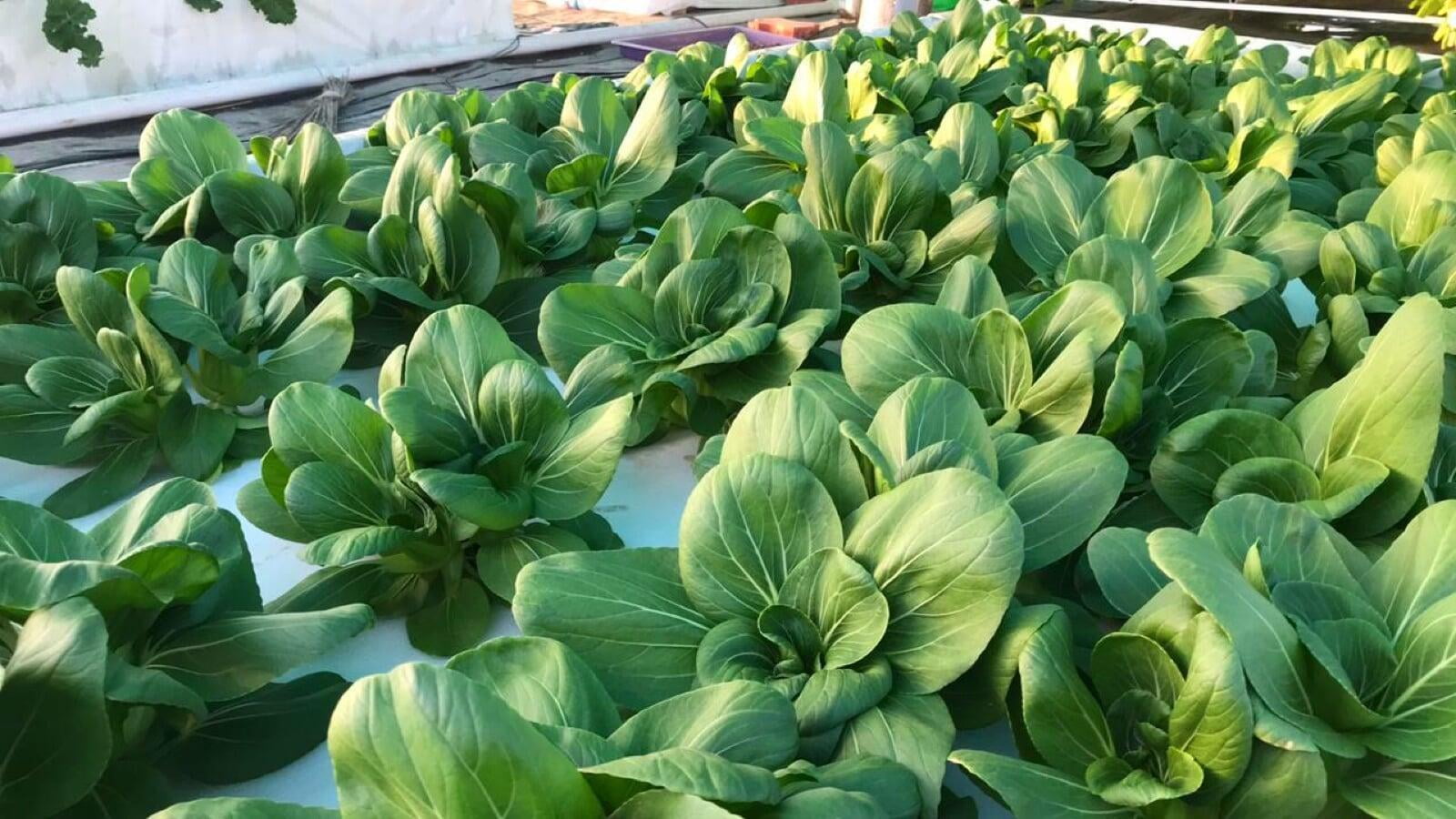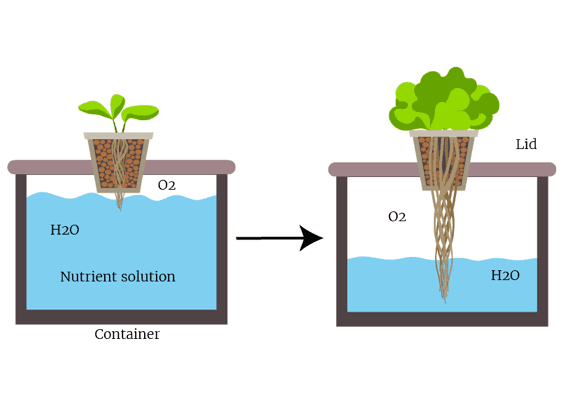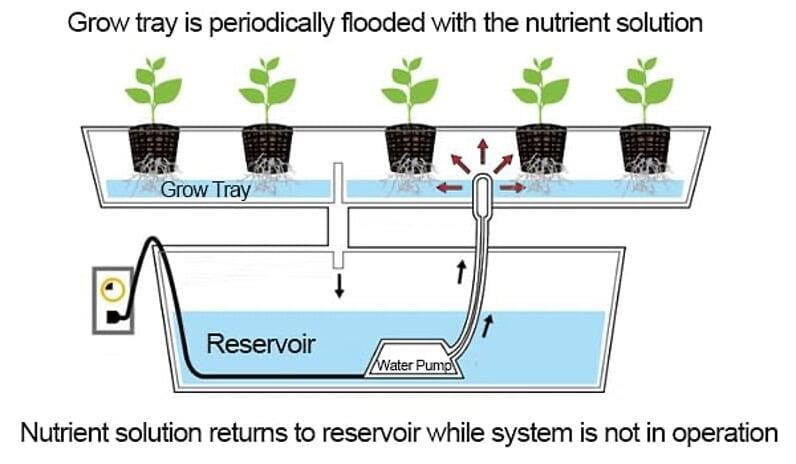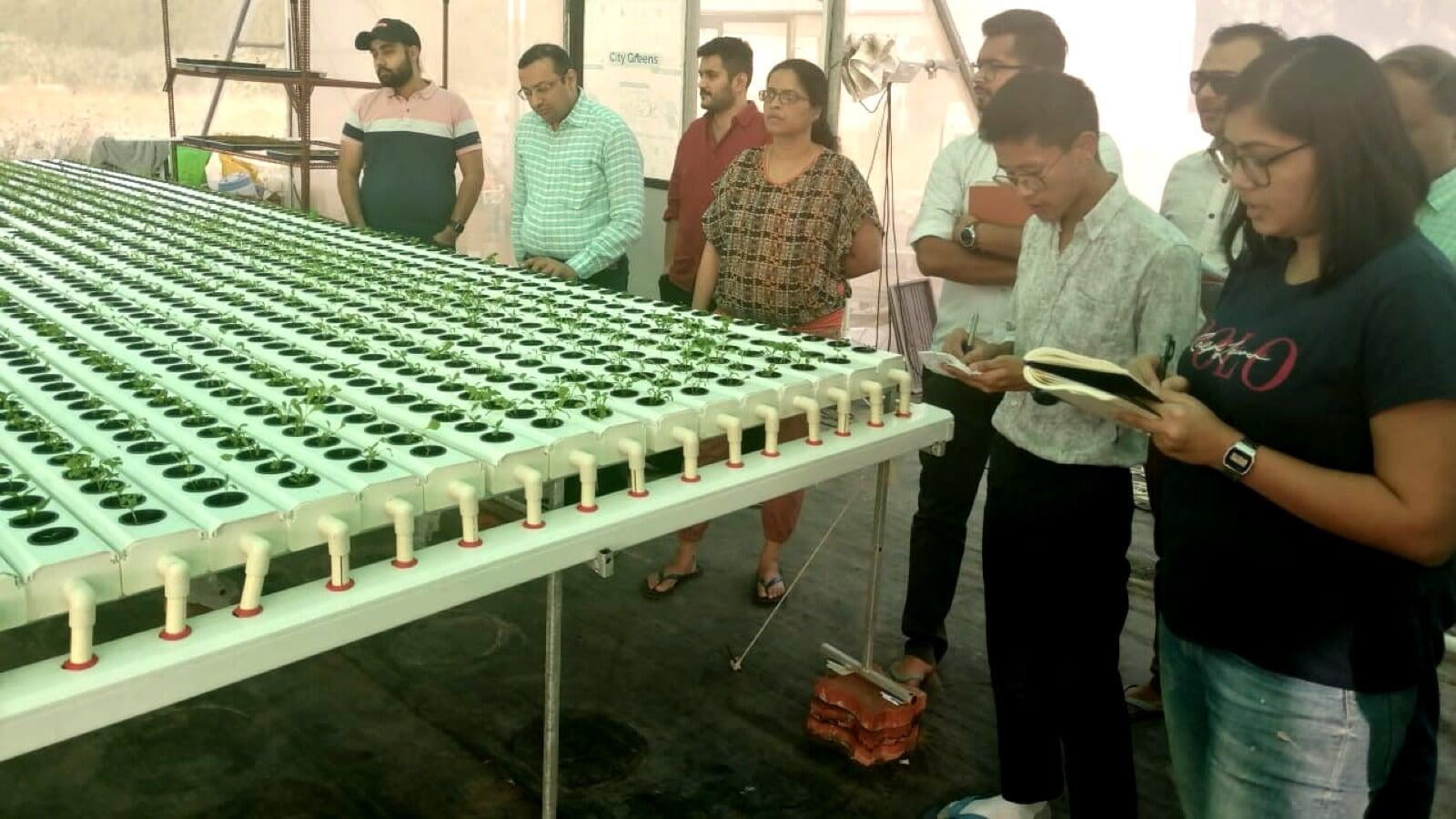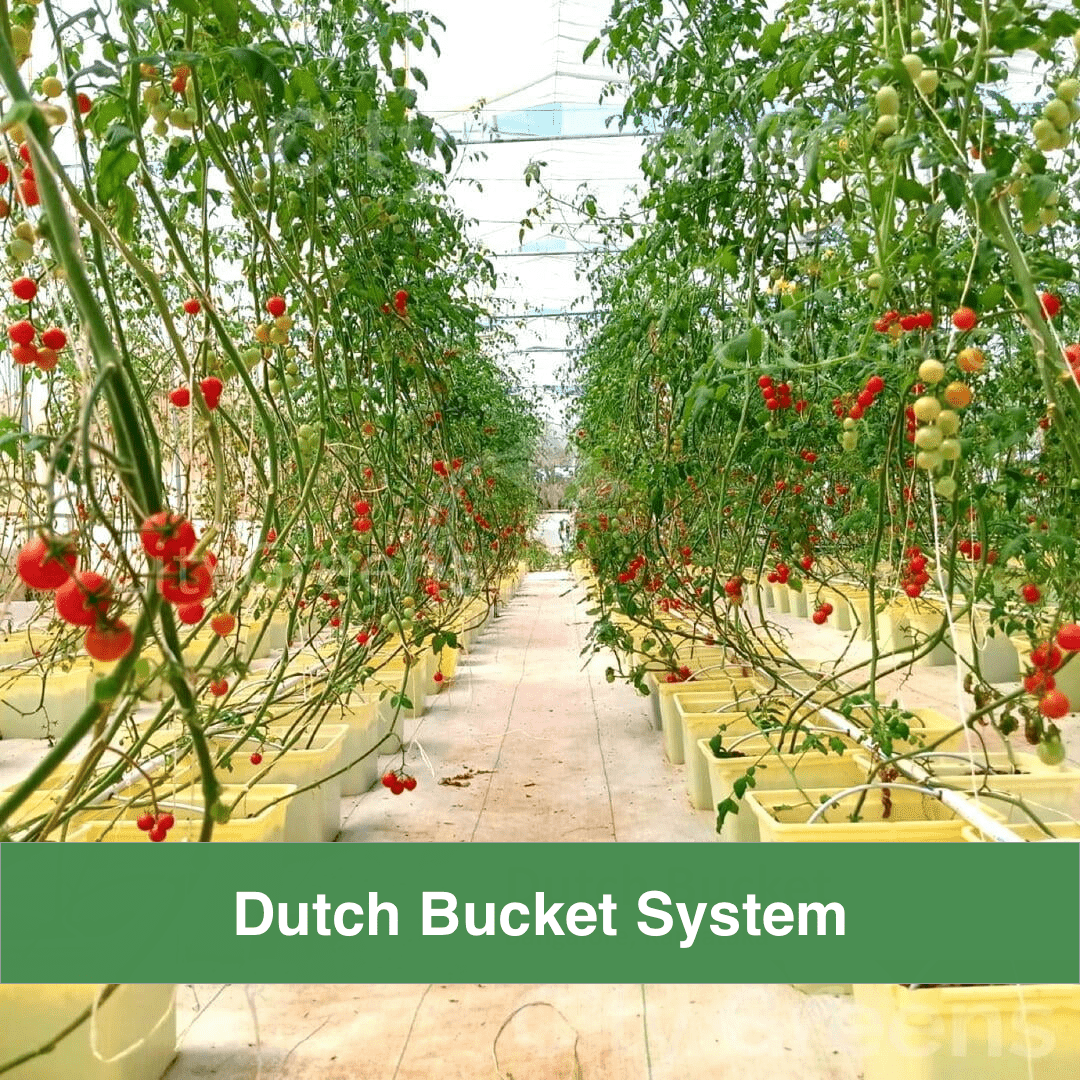The new Hydroponics system in the agriculture industry is slowly gaining popularity due to its high crop outputs and the smart technology that it uses. If you do not know what hydroponics is, need not worry, in this article, we will learn about hydroponics and its different technologies.
Different Types of Hydroponic Technologies
Kratky Hydroponics
Kratky hydroponics is a non-circulating, passive hydroponic method of growing plants. This method is simple, low-cost, and requires minimal maintenance, making it a great option for those new to hydroponics or with limited resources.
In the Kratky method, plants are placed in a container filled with a nutrient solution. The container is sealed to prevent evaporation, and the plants are allowed to grow without the need for a pump or other equipment to circulate the nutrient solution. As the plants grow, they consume the nutrients in the solution & the water level in the container drops.
DWC Hydroponics
DWC system offers several advantages making it a popular choice among hydroponic growers. Firstly, the simplicity and low cost of setting up and maintaining a DWC system attract beginners and those on a budget. The efficient nutrient uptake in DWC allows plants to absorb nutrients more effectively, leading to accelerated growth and higher yields.
Plant roots require oxygen for their healthy growth. In the DWC system, we use an air pump to oxygenate water. Oxygen depletion in the nutrient solution is one of the main concerns with DWC systems. If this system is not well maintained, the plant roots can suffocate in the nutrient solution.
NFT Hydroponics
NFT hydroponics, also known as Nutrient Film Technique, is a method of hydroponic cultivation where a thin film or stream of nutrient-rich water flows over the plant roots.
- In an NFT system, plants are typically grown in troughs or channels with a slight slope. The nutrient solution is continuously pumped into the highest end of the channel and then flows over the plant roots in a thin film. The excess nutrient solution is collected and recirculated back to the reservoir for reuse.
- The shallow film of water provides a continuous supply of nutrients, water, and oxygen to the roots, allowing for efficient nutrient uptake.
- NFT hydroponics is well-suited for growing leafy greens, herbs, and other lightweight plants.
- It offers advantages such as water conservation, ease of maintenance, and effective nutrient delivery. However, it also requires careful monitoring and management of nutrient levels, pH, and water flow to ensure optimal plant growth and prevent root drying.
Dutch Bucket Hydroponics
- This system is popular among hydroponic growers as they are relatively inexpensive to set up, can be easily scaled up or down depending on the size of the growing operation, and allow for greater control over the nutrient solution and pH levels.
- Dutch bucket systems are best for growing vining crops like tomato, bell pepper, cucumber, zucchini, etc.
Ebb & Flow Hydroponics
Ebb and Flow, also known as Flood and Drain, is a hydroponic system that involves periodically flooding the plant roots with a nutrient-rich solution and then allowing it to drain away.
- In this system, plants are placed in a grow tray or container filled with a growing medium, such as perlite or clay pellets, which supports the plants and provides aeration.
- A reservoir holds the nutrient solution, and a pump is used to periodically flood the grow tray with the solution.
- During the flood cycle, the plant roots absorb water and nutrients, promoting healthy growth. After the flood cycle, the excess solution drains back into the reservoir, allowing the roots to receive oxygen during the rest period.
- Ebb and Flow hydroponics are popular due to their simplicity, flexibility, and ability to automate watering. It is suitable for a variety of plants and offers efficient nutrient delivery, but proper monitoring and maintenance are necessary to ensure optimal growth and prevent issues like nutrient imbalances or waterlogging.
Choosing the best hydroponics system requires careful consideration of several factors.
- First, consider the types of plants you want to grow and their specific requirements. DWC and NFT systems are best for growing leafy greens, herbs or plants with small heights, while Dutch buckets are best for growing vining crops.
- Consider your budget for setting up and maintaining a hydroponics system.
- Assess your skill level and available time for system management, opting for a system that matches your experience and commitment.
- Finally, think about your long-term goals and select a system that allows scalability and flexibility.
